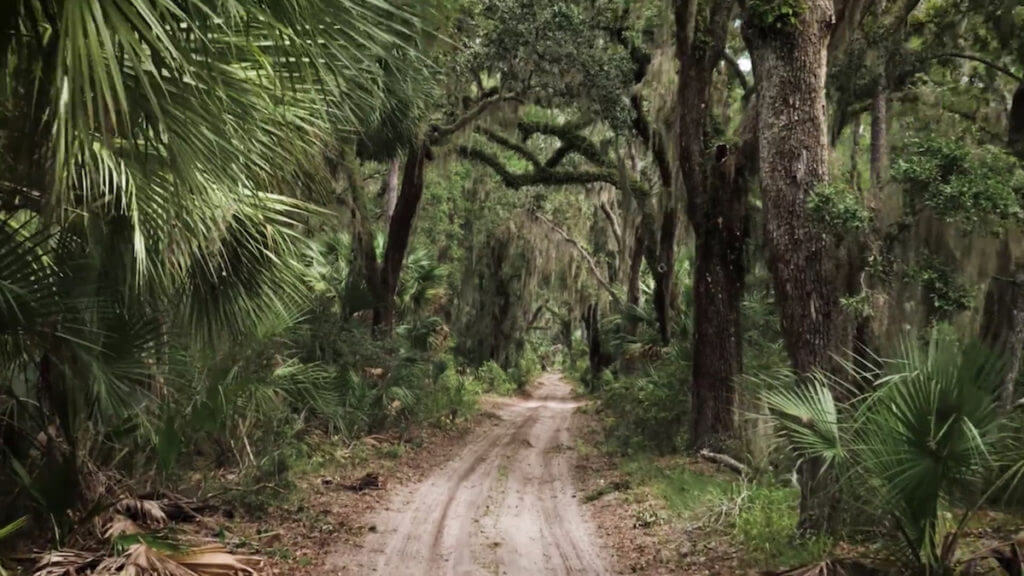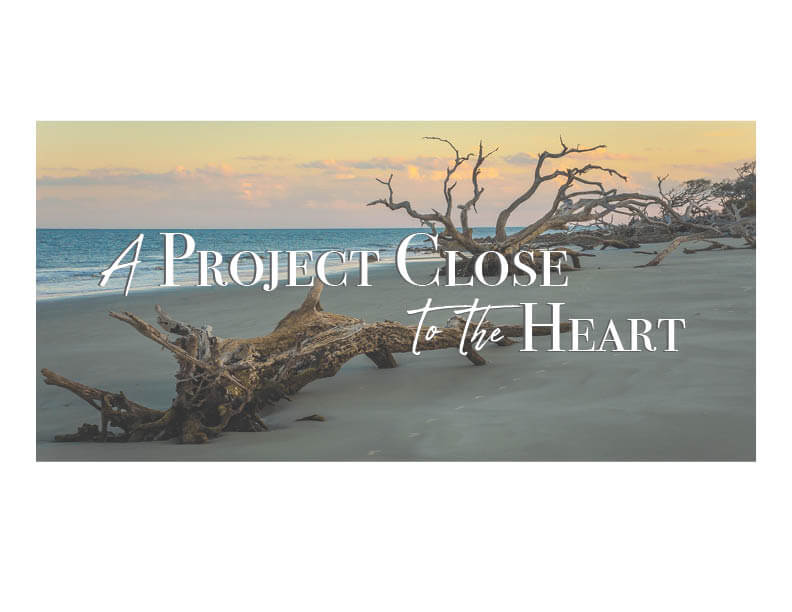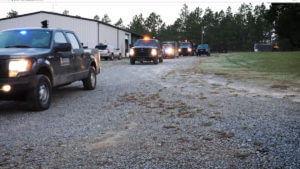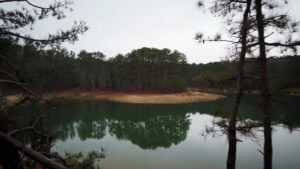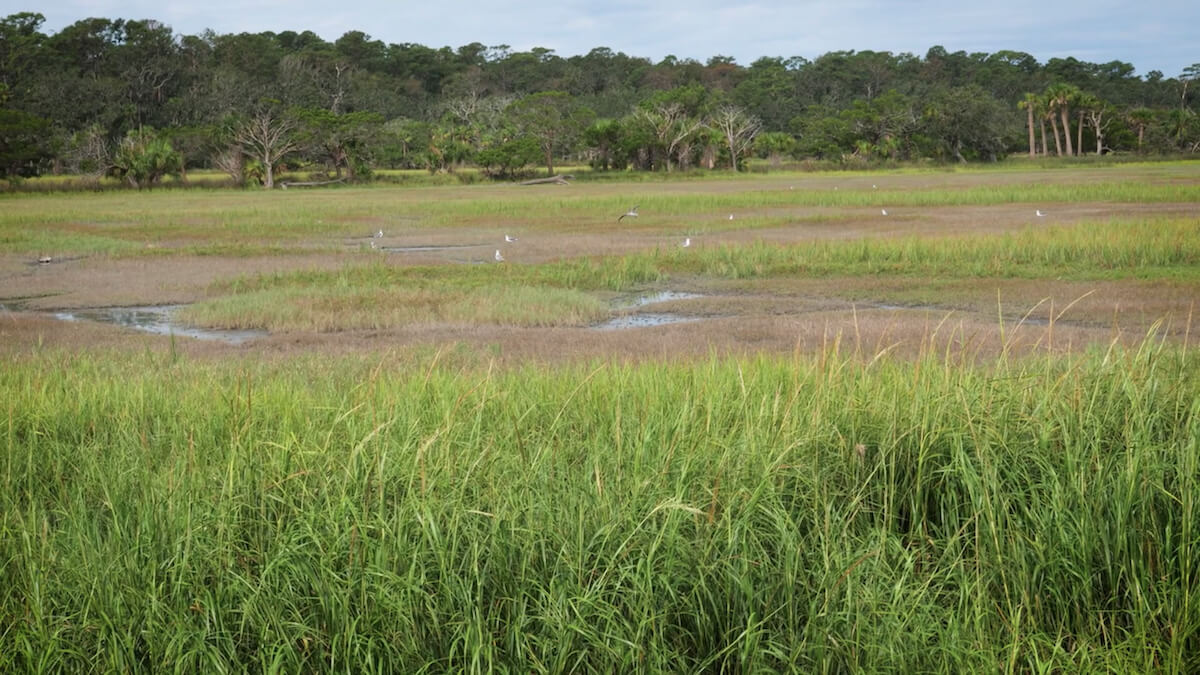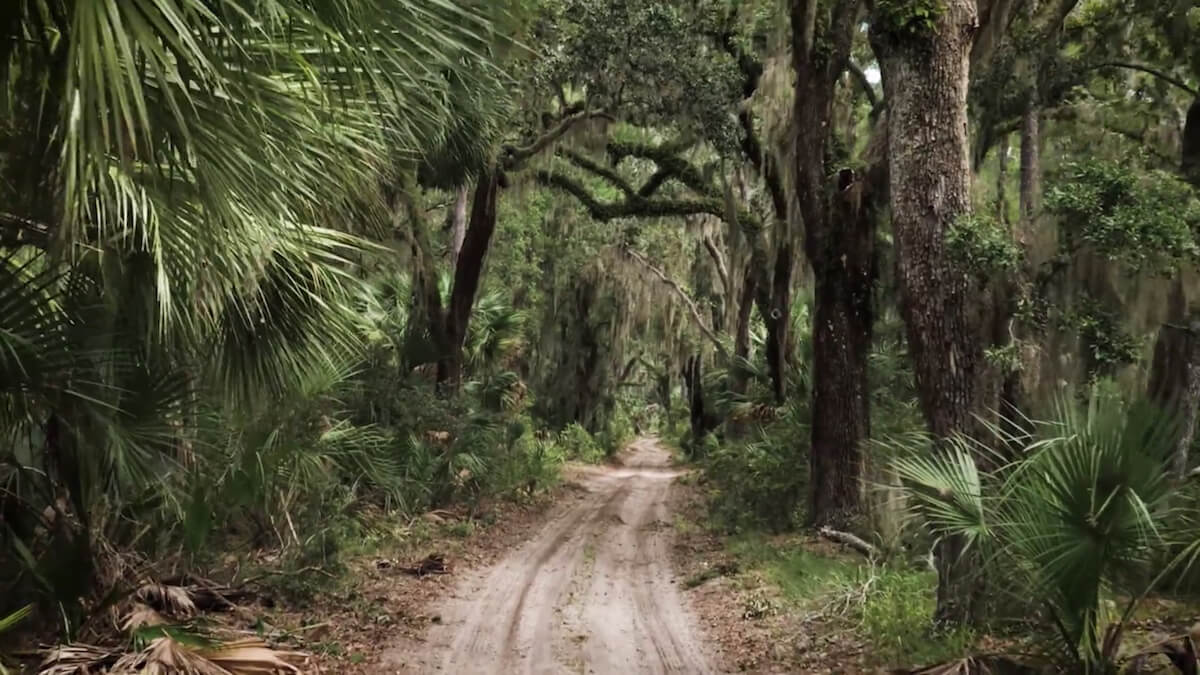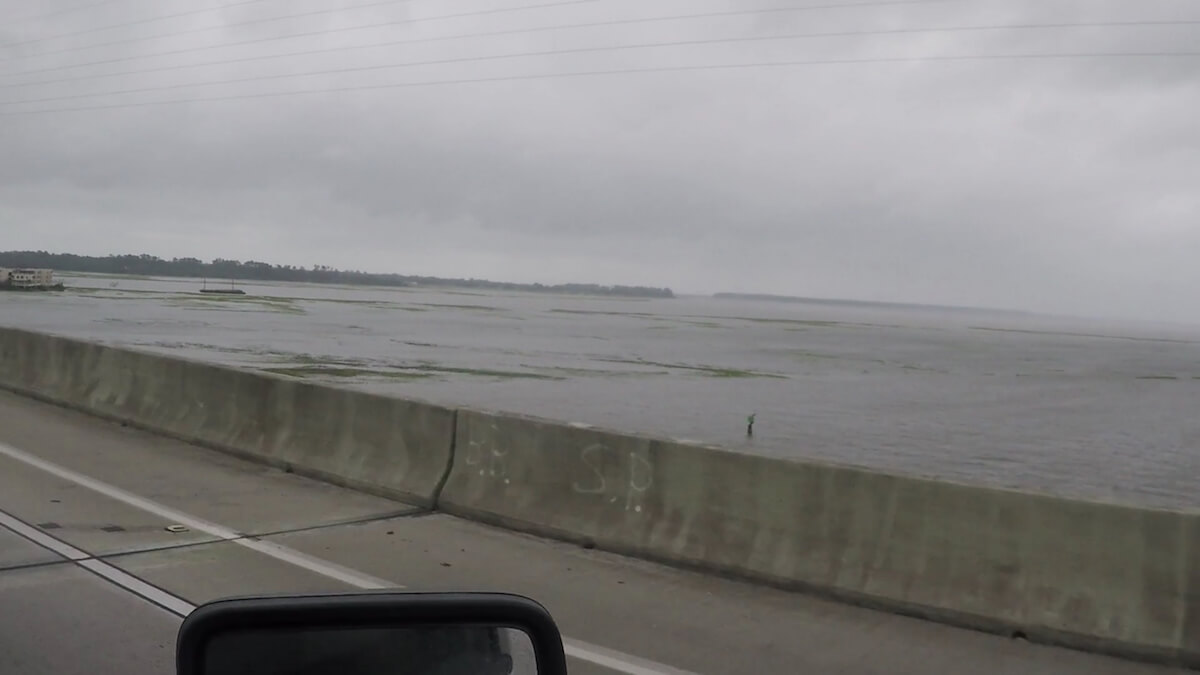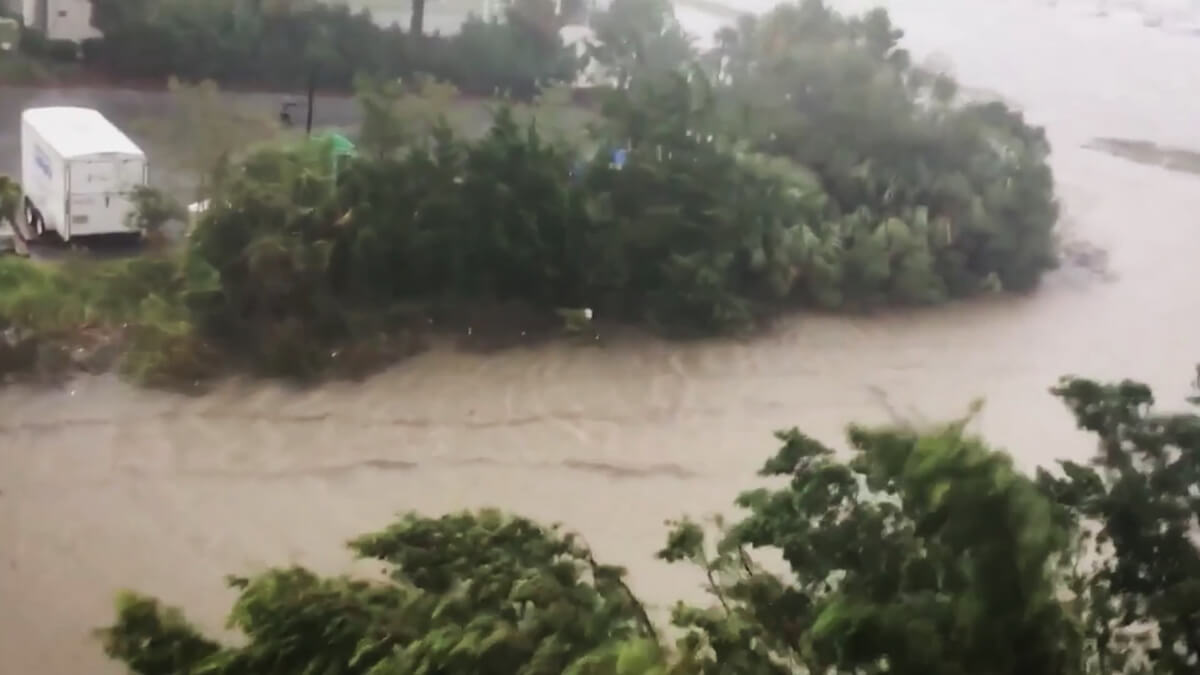Recently, I worked on a mini-documentary on Hurricane Irma and Georgia’s Department of Natural Resources’ response to it. The DNR came to us with a bunch of footage and a basic idea of what they wanted to communicate about their department. Upon diving into the footage, my heart was elated.
From the ages of 10 to 15, I lived in a small town of Brunswick on a tiny island called Blythe, near the Golden Isles of Georgia. These were momentous years for me, filled with both breathtaking experiences and unbelievable tragedy. It sounds a bit stretched to equate my pubescent experience to one place but there is nothing like growing up on the coast of Georgia.
Scrubbing the DNR’s footage was like replaying my childhood. I saw the dock where we would feed manatees, the place where we would rent bikes from, the restaurant with my favorite soup, my first job. In fact the first house you see in the mini-doc was a childhood beacon for me: I passed twice a day going to-and-from my island. As silly as it sounds for a 6 minute video, I felt personally compelled to tell this story.
The Decision Making Process In Documentary Editing
Sound
As an editor, it is your job to submerge the audience in an atmosphere. One of the best ways to do this is music selection. I’ve written before on the power of silence, but music and sound design can really make a mood. We took the unpredictable nature of Irma and portrayed it through the song selection. I wanted to build anticipation and release it, similar to a storm.
During the re-entry section, the music picks up, delving into what I like to call “cop rock.” This music selection caused comical internal disagreements but ultimately worked for the piece. It’s energy amped up the power tools and heavy machinery used upon re-entry. We added in extra sound effects to emulate the sounds of path-clearing, from white line to white line. The mix helps to make their job feel more urgent and, honestly, glamorous.
Another good example of elevating a shot through sound design is the transition into the state parks procedures. This section was difficult in general because we originally had no footage to match the interview. Just a few photos. So we had to think outside the box.
After collecting footage of Georgia State Parks and establishing my transition shot (seen to the right), it just felt incomplete. The transition itself was rushed and abrupt. Going from people panicking about the storm to a peaceful place of safety with noticeable music changes felt sloppy. Which it was at first. The simple solution: add some drone sounds. Those beautiful, rumbly, ambient, building tones added into movie trailers and moments of tension. Drones are a great way to smooth out transitions and keep your audience at the edge of their seats.
Transitions
Speaking of transitions, they can be the hardest part of editing story beats if not pre-planned. There were 6 beats within their storm-handling process that the DNR wanted to highlight. We were using footage that they shot themselves, and while they do an excellent job in keeping us safe, they are simply not filmmakers.
Using location shots correctly is a typical, yet effective transition. You see a lot of this in reality television. It gives a sense that the plot is progressing. I like to relate it to eating ginger before switching sushi rolls. It cleans your palate and preps you for the next flavor. You’re not always going to have the perfect transition but an awkward one will instantly throw your audience off. Why would they continue if the next story beat doesn’t draw them in. Location shots work; I thank Planet Earth for that one.
Montages
Everyone loves a good montage. The news clips montages were used to show the reach of this storm all over the state. When you use news clips, it creates the opportunity for the audience to recollect and relive those anticipation moments. Even if they didn’t see the clips when they aired, it’s news and everyone follows some sort of news outlets. It’s relatable and trendy in documentary filmmaking.
Geography lesson: Georgia has the western most coastline on the east coast. Usually by the time hurricanes make landfall, they get caught in shape of the coast and weaken. There are no surfable crashing waves ever. Don’t get me wrong: growing up in Brunswick, we’d be out of water and power, stranded on the island occasionally. But being surrounded by marshland, Georgia’s kryptonite is immense flooding, not necessarily violent winds ripping roofs off buildings. The storm montage needed an umph to correctly depict what happened. We added sound design and chose clips that felt a little jerky to mimic the chaos of the storm.
Final Notes
Overall as an editor, the best thing you can bring to your documentary edit is knowledge of the topic. Many shelters do not allow pets. However, Georgia state parks do. Knowing this going into the interview shoots allowed us to highlight a unique feature our cute little state offers. Georgia’s coast is thriving with wildlife. Alligators, dolphins, deer, wild boars and even wild horses. Fun fact: Georgia’s coast is the number one breeding ground for ALL sharks. The murky, sediment-filled water makes the perfect environment for hormonal pregnant sharks to shit out a couple pups. The dunes of Georgia are a precious feature to the coast.They are the location that loggerhead sea turtle travels to lay their eggs. There are plenty of rules and laws on how to treat the dunes and the turtles.
Understanding the landscape and the nature-based culture of the Georgia coast allowed me to demonstrate how detrimental this storm was to the ecosystem down there and highlight things locals care about. As an editor, someone is trusting you with their footage and it’s your job to tell their story. Before a project, ask yourself: what can you add to it?
